
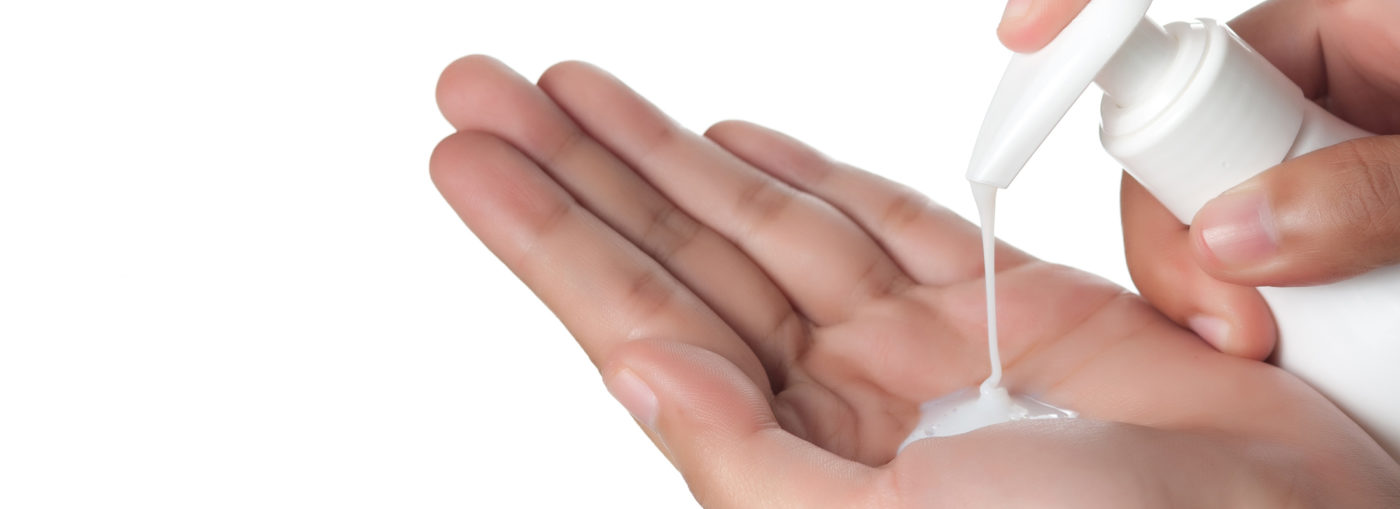
Microplastic – big problems
A barely visible threat
Plastic litter that trashes the coastlines and covers the beaches is an obvious problem for Nature, the environment, fishing and tourism. The tiny plastic pieces of less than five millimeters which can hardly be seen with the naked eye, however, cause gigantic problems in the oceans.
The microplastic pieces and fibers are tiny when produced for use in cosmetics, hand soap and cleaning products (primary microplastic) or created when big pieces of plastic waste break apart and degrade (secondary microplastic). Still another source is cigarette butts thrown overboard or onto beaches and frayed by water and waves.
To date, microplastic has been found everywhere on Earth, in probes from the polar icecap to the floor of the Mediterranean Sea at a depth of 3,500 meters and elsewhere.
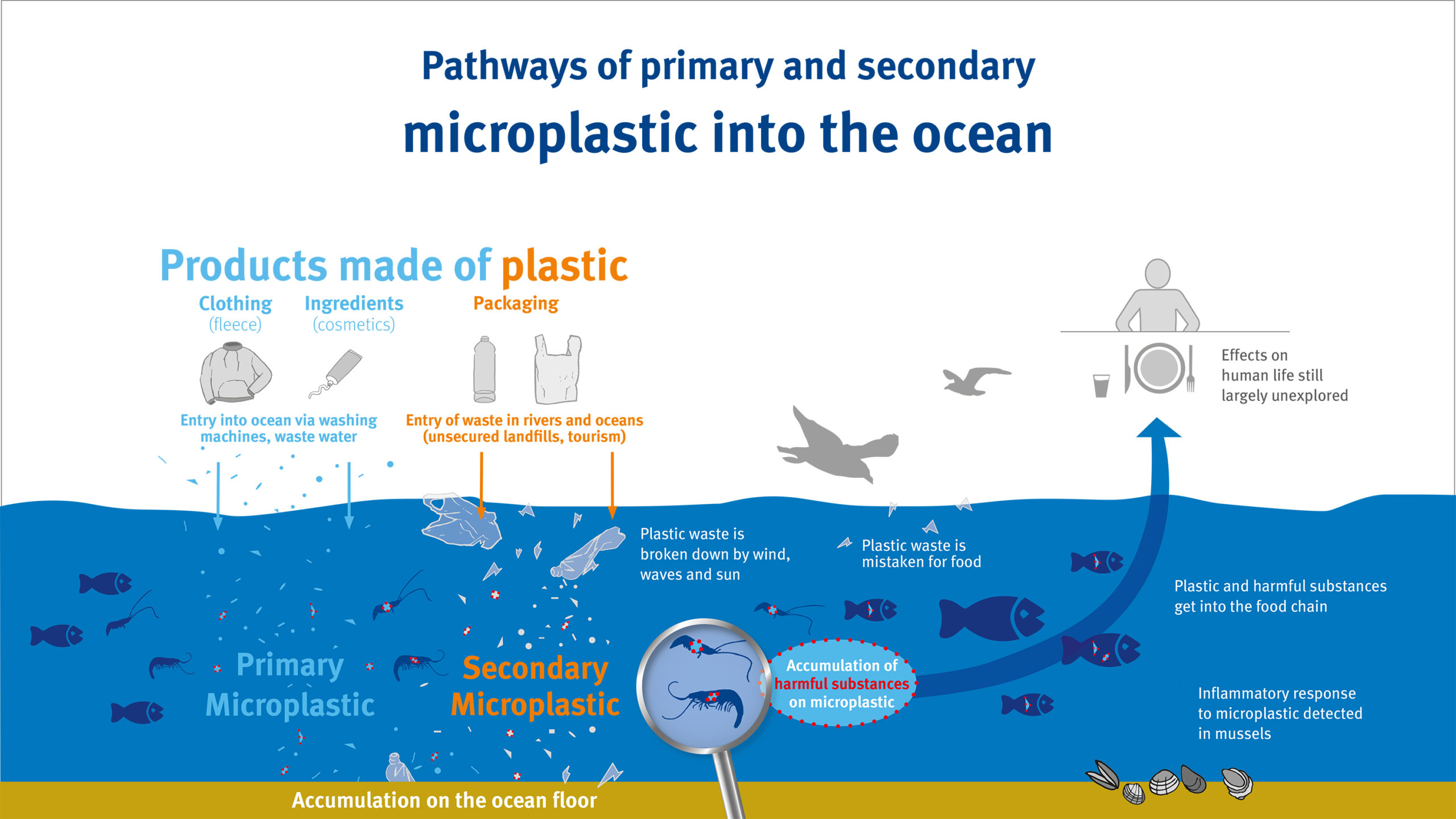
Microplastic confused with food
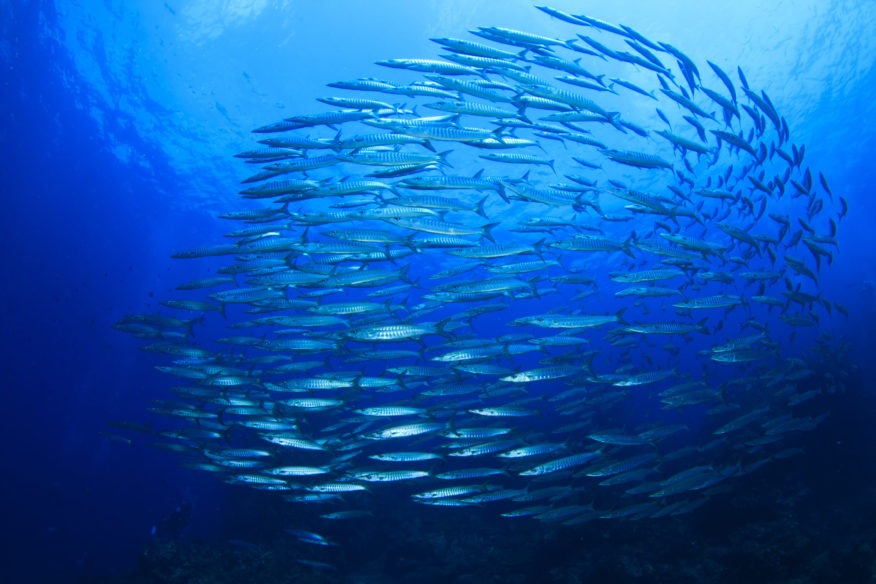
When microscopic pieces of plastic are swallowed by fish, oysters, mussels or other marine life, they can penetrate the digestive tract and accumulate in the animals’ bodies. It is possible that the plastic pieces, covered with harmful substances or environmental toxins, impair the animals’ growth.
A solution to the problem is unlikely as the great quantity of plastic already in the ocean will take several centuries to disintegrate into secondary microplastic.
Improvements, however, can be made by doing without microplastic in many applications. Cosmetic products, for example, can be made with natural ingredients instead of with plastic.
Primary microplastic – do without wherever possible
The German Environment Agency (UBA) estimates that 3.125 tons of primary microplastic are used per year in Europe for cosmetic products such as toothpaste, hand cleaners, peeling lotions, sunscreens and the like. The quantity would fill 54 railway freight cars. The use in cosmetic products amounts to four percent of primary microplastic.
We can do without microplastic.
Secondary microplastic – Out of sight, not out of mind
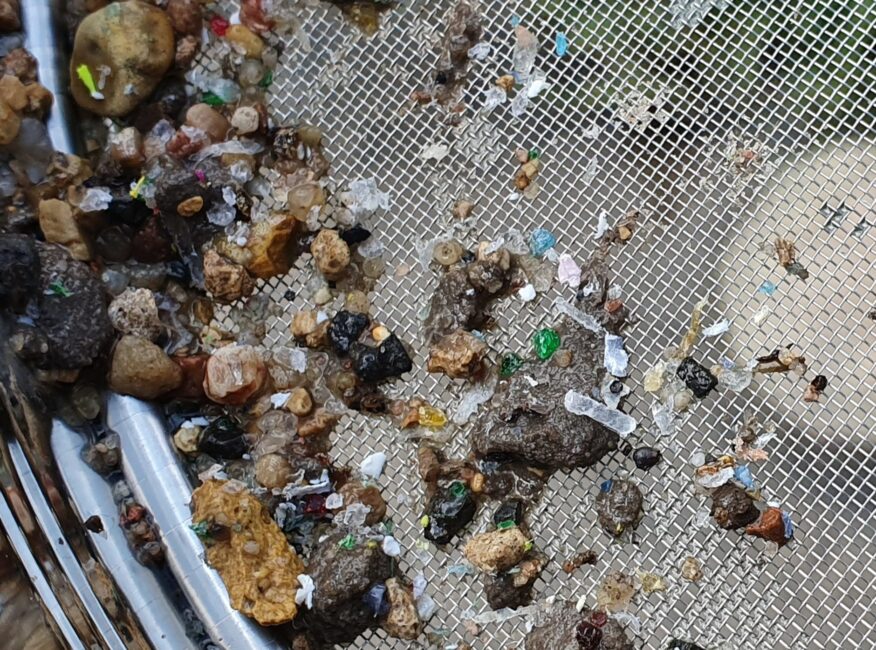
Secondary microplastic can be prevented only if the flood of waste into the oceans is stopped. At some point, the marine litter from countries in Europe alone disintegrates to yield millions of tons of secondary microplastic. The problem is enormous even though we cannot see the tiny little pieces of plastic. According to new studies, a large portion of plastic litter, weighed down by algae or microorganisms, sinks and ends up as microplastic in the deep sea. So it is out of our sight, but still in the world’s oceans.
The solution is on land
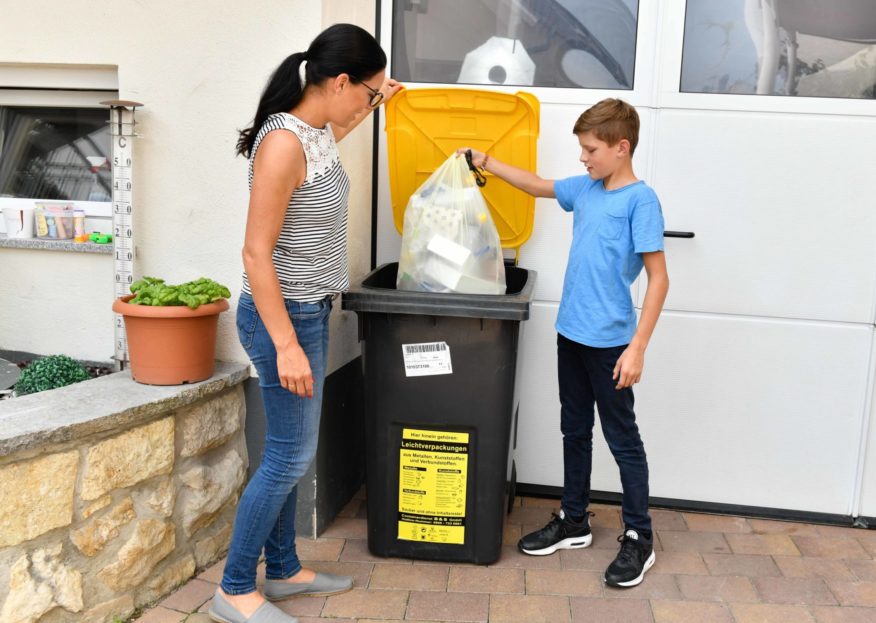
The conditions on land have to be improved if we are to prevent ever-growing amounts of plastic from accumulating in the ocean year after year. One way is to set up closed loop systems for the production, use and material recycling of plastic packaging.
Less plastic marine debris means less secondary microplastic created by the break up of large plastic pieces.
A closed circular economy for plastic is the solution, according to the United Nations Environment Programme (UNEP), the World Economic Forum, international foundations and renowned consulting firms.
A true circular economy is needed
In 2012 the Recyclate Initiative from Werner & Mertz began working on a solution involving genuine recycling of PET and other plastics from the Yellow Bag in order to conserve raw materials and reduce waste.
The Recyclate Initiative has taken a step toward a true circular economy by inviting others to follow its example and to become Initiative partners.